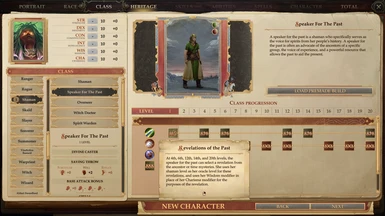

Thus in these situations we need to rely on numerical approximation. Many option pay-off functions lead to boundary conditions which are much harder to solve analytically and some are impossible to solve this way.


This is possible because the boundary conditions generated by the pay-off function of the European vanilla option allow us to easily calculate a closed-form solution. In the previous article on using C++ to price a European option with analytic solutions we were able to take the closed-form solution of the Black-Scholes equation for a European vanilla call or put and provide a price.


 0 kommentar(er)
0 kommentar(er)
